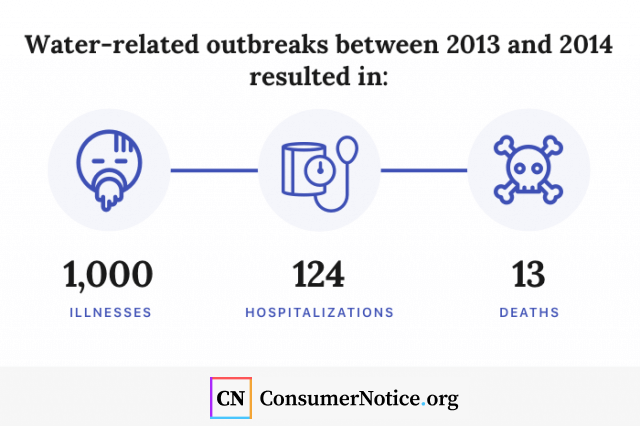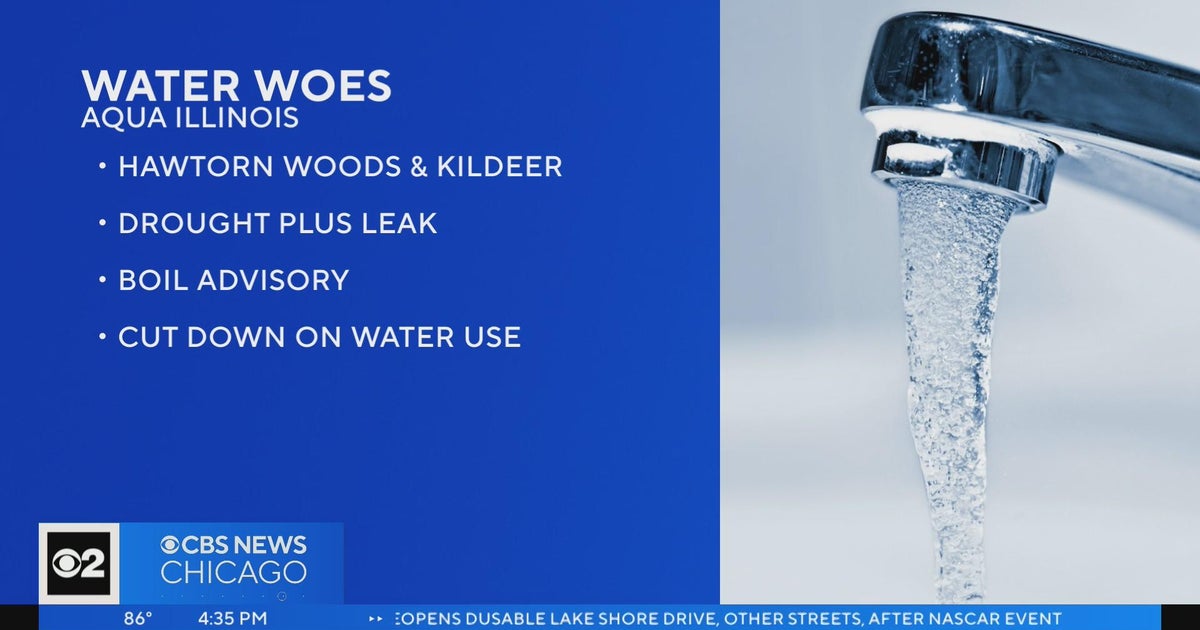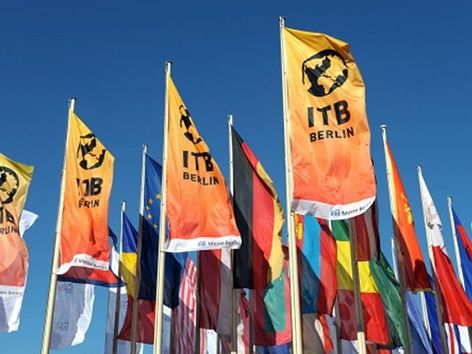Township Water Supply Contaminated: Health Risks And Solutions

Table of Contents
Health Risks Associated with Contaminated Township Water Supply
Consuming contaminated water poses significant health risks, leading to a range of infectious and chronic diseases. The severity of the impact depends on the type and concentration of contaminants, as well as the individual's immune system.
Infectious Diseases
Contaminated water acts as a breeding ground for various harmful pathogens:
- Bacteria: E. coli is a common culprit, causing severe diarrhea, vomiting, and abdominal cramps. Untreated water can also harbor Salmonella, leading to typhoid fever, characterized by high fever, headache, and potentially fatal complications.
- Viruses: Viral infections like rotavirus and norovirus are common causes of acute gastroenteritis, resulting in severe diarrhea and dehydration. Hepatitis A, transmitted through contaminated water, can cause liver inflammation.
- Parasites: Giardia and Cryptosporidium are parasites that cause gastrointestinal distress, diarrhea, and dehydration. These infections can be particularly problematic in children and individuals with compromised immune systems.
Chemical Contamination
Beyond biological threats, contaminated water may contain harmful chemicals:
- Heavy Metals: Lead and arsenic contamination can cause kidney and liver damage, neurological problems, and long-term exposure is linked to an increased risk of cancer.
- Pesticides and Herbicides: Runoff from agricultural fields can contaminate water sources, leading to various health issues, including hormonal disruption and reproductive problems.
- Industrial Chemicals: Discharge from factories and industrial facilities can introduce toxic substances into the water supply, causing a range of acute and chronic health problems.
Impact on Vulnerable Populations
Children, pregnant women, the elderly, and individuals with weakened immune systems are particularly vulnerable to the health impacts of contaminated water. Their bodies are less equipped to fight off infections, leading to more severe illnesses and potentially fatal outcomes. This emphasizes the urgent need for effective water safety measures in townships.
Identifying Sources of Township Water Contamination
Understanding the sources of contamination is critical for developing effective solutions. Several factors contribute to unsafe drinking water in townships:
- Faulty Infrastructure: Leaking pipes, outdated water treatment plants, and insufficient maintenance allow contaminants to enter the water supply. This is especially problematic in older townships with aging infrastructure.
- Agricultural Runoff: Fertilizers, pesticides, and animal waste from nearby farms can seep into water sources, leading to both chemical and biological contamination. Sustainable agricultural practices are crucial in mitigating this risk.
- Industrial Discharge: Improperly treated wastewater from industrial facilities introduces heavy metals, chemicals, and other pollutants into water bodies, posing a severe threat to water quality and human health. Stricter environmental regulations are needed.
- Natural Contamination: Naturally occurring contaminants, such as arsenic in groundwater, can also affect water sources. Regular water testing and appropriate treatment methods are necessary.
Solutions for Ensuring Safe Township Water Supply
Addressing township water contamination requires a comprehensive approach:
- Improving Water Treatment: Investing in advanced water treatment technologies, including filtration (sand filtration, membrane filtration), disinfection (chlorination, ozonation), and UV sterilization, is crucial for removing contaminants.
- Infrastructure Upgrades: Repairing and replacing aging pipes, constructing new water treatment plants, and implementing regular maintenance programs are essential for ensuring a reliable and safe water supply.
- Water Source Protection: Implementing measures to prevent contamination, such as establishing buffer zones around water bodies, enforcing stricter regulations for industrial and agricultural activities, and managing wastewater effectively, are critical for long-term water safety.
- Community Education and Awareness: Educating residents about safe water practices, hygiene, and reporting potential contamination incidents empowers communities to play an active role in protecting their water supply.
- Alternative Water Sources: Exploring options like rainwater harvesting and well water, provided they undergo thorough testing and treatment, can provide supplementary water sources.
The Role of Government and Community Involvement in Safe Water Provision
Safe water provision necessitates a collaborative effort:
- Government Regulation: Implementing and enforcing strict water quality standards, regulations on industrial discharge, and agricultural runoff are paramount.
- Funding for Water Infrastructure: Allocating sufficient resources for water infrastructure upgrades and maintenance is crucial for long-term sustainability.
- Community Participation: Engaging residents in monitoring water quality, reporting issues, and participating in water conservation initiatives fosters a sense of ownership and responsibility.
- Transparency and Accountability: Establishing mechanisms for transparent reporting of water quality data and holding responsible parties accountable for contamination incidents builds trust and promotes effective action.
Conclusion: Securing a Safe Water Supply for Your Township
Contaminated township water supply poses significant health risks. Addressing this requires a multi-pronged strategy encompassing improved water treatment, infrastructure upgrades, source protection, community education, and strong government regulation and oversight. Investing in a safe water supply is an investment in the health, well-being, and economic prosperity of your community. Don't hesitate; take action today. Contact your local authorities to voice your concerns about township water contamination and advocate for improvements. Demand safe water – it’s a fundamental human right.

Featured Posts
-
 Nhl Canada Ndax Partnership Announced For Stanley Cup Playoffs
May 15, 2025
Nhl Canada Ndax Partnership Announced For Stanley Cup Playoffs
May 15, 2025 -
 Man Injured In Ohio City Apartment Complex Shooting
May 15, 2025
Man Injured In Ohio City Apartment Complex Shooting
May 15, 2025 -
 Dzho Ta Dzhill Bayden Vistava Otello Ta Porivnyannya Z Inavguratsiyeyu Trampa
May 15, 2025
Dzho Ta Dzhill Bayden Vistava Otello Ta Porivnyannya Z Inavguratsiyeyu Trampa
May 15, 2025 -
 Pulaski Residents Face Boil Water Advisory Until Saturday
May 15, 2025
Pulaski Residents Face Boil Water Advisory Until Saturday
May 15, 2025 -
 Kuzey Kibris Mutfagi Itb Berlin De Tanitildi
May 15, 2025
Kuzey Kibris Mutfagi Itb Berlin De Tanitildi
May 15, 2025
